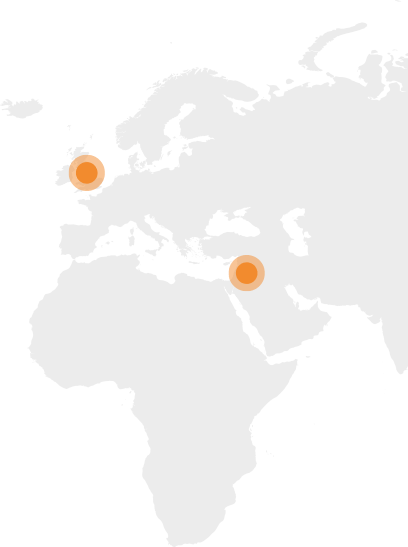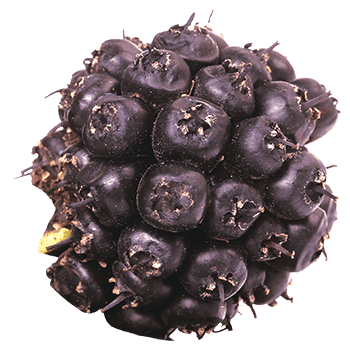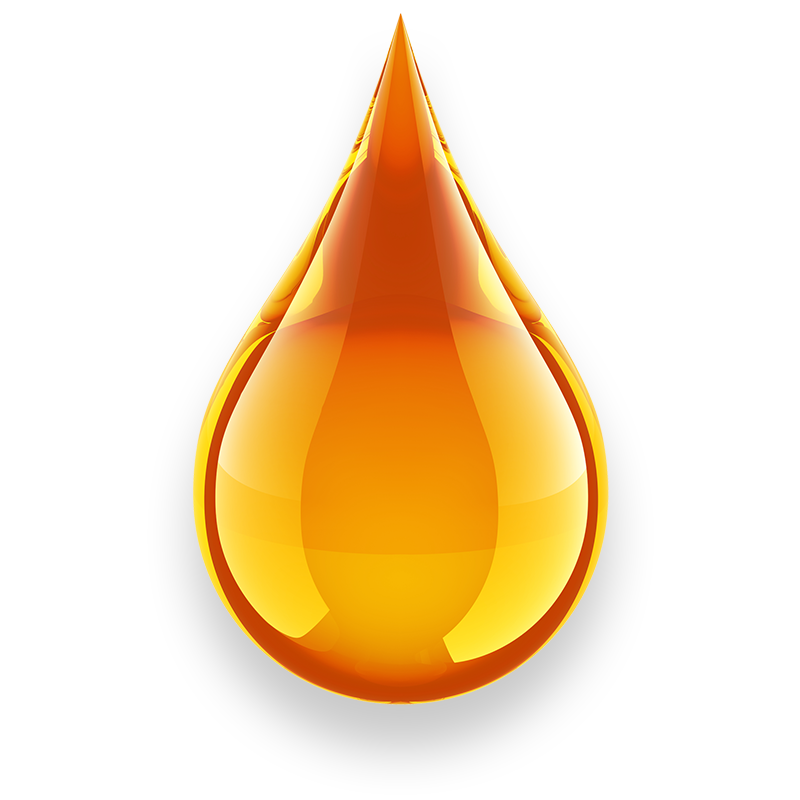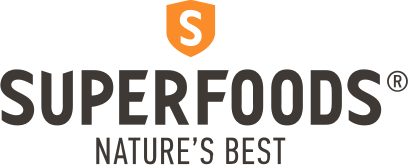
Eleftherococcus
Main Ingredients: Eleutherosides
Geographical Spread
Eleutherococcus senticosus is a spiny shrub growing in the Russian Far East as well as Northwest China, Korea and Japan. There are more than 15 species of Eleutherococcus, and it was first collected during the 1830s by Kirilov during the Russian Ecclesiastical Mission in Beijing.

Historical Features
In 1968 Eleftherococcus was re-studied by Brekhman and it was believed to have the same or higher pharmacological effect than those attributed to Panax ginseng (Baranov, 1982). Based on studies carried out on people who consumed placebo, Panax ginseng and Eleutherococcus, those who consumed Eleuftherococcus were able to work more effectively (Brekhman, 1968).
Pharmaceutical Use
Eleutherococcus is known as the Siberian Ginseng as its use began after its export from Siberia during the Soviet period. The name used by Soviet scientists was 'eleutherokokk', and they were the first to introduce the term 'adaptogenic' to science in the late 1950s, and since then Eleutherococcus has been studied as such. It is noteworthy that it was given by Soviet coaches to their athletes as it was considered to increase 'ergogenic' activity.

Phytochemical Composition
The main ingredients of Eleutherococcus are the 'eleutherosides', which include compounds of triterpenoid saponin, lignans such as syringin, and are studied for their adaptive activity to the immune system, hypercholesterolemia, blood glucose, inflammation, and others.
- Baranov, A. (1982). Medicinal uses of ginseng and related plants in the Soviet Union: recent trends in the Soviet literature. Journal of Ethnopharmacology, 339-353.
- Bingham, A. (2010). South and Meso-American Mythology. (J. Roberts, Ed.) New York: Chelsea House.
- Brekhman, I. (1968). Eleutherokokk (Eleutherococcus). Leningrad, USSR (in Russian): Nauka Publishing House.


